
Inside Tenryuji Temple: Most Popular Attraction in Kyoto's Arashiyama Area
- Written by: WESTPLAN
Tenryuji is widely regarded as the most significant Zen temple located in Kyoto's Arashiyama region. It features a stunning Zen garden that serves as a major attraction for tourists. The temple grounds house several places of interest, including Hattou Temple, which boasts an enormous dragon painting on its ceiling, and Darumazu, who greets visitors.
Without further delay, let's explore the beauty and magnificence of Tenryuji Temple.
This page contains promotions
- Table of Contents
What Kind of Temple is Tenryuji?

Tenryuji is one of the most prestigious temples in Kyoto and is part of the Five Great Mountain Temples of Japan, which are all important symbols of Zen Buddhism in Kyoto. The temple is a popular destination for those who want to pay their respects, enjoy the beautiful landscapes, and experience the peaceful atmosphere unique to this Zen temple. The Sogenchi Teien (Sogen Pond Garden) within the temple is also designated as Japan's first Special Historical Scenic Spot.
Zen temples consist of Buddhist temples belonging to the Rinzai and Soto sects. Tenryuji belongs to the Rinzai sect and serves as a temple where those seeking enlightenment practice Zazen meditation while also working on Koan riddles as part of their Buddhist practice.
Getting to Tenryuji

The entrance to Tenryuji Temple is right outside Arashiyama Station on the main street, so it is very easy to find. This temple is one of the must-see places to visit when sightseeing in Arashiyama!
- From Randen Arashiyama Station: Entrance located right outside the station
- From JR Kyoto Station: Take JR Saganp Line to Saga-Arashiyama Station (approx 17 min, 240 yen one-way); walk 13 min southwest
- From JR Osaka Station: Take Tokaido Line New Rapid Train to Kyoto Station; transfer to JR Sagano Line, ride to Saga-Arashiyama Station (approx. 1 hr, 990 yen, one-way); walk 13 min southwest
- From JR Kansai Airport Station: Take JR Kansai Rapid Service to Osaka Station; transfer to JR Kyoto Line Rapid Train, ride to Kyoto Station; transfer to JR Sagano Line, ride to Saga-Arashiyama Station (approx. 2 hr 34 min, 2,200 yen, one-way); walk 13 min southwest
Entrance Times and Fees

Tenryuji is divided into three main parts. You'll want to see each of them to complete your visit.
1. Teien (The Gardens)
Includes only the garden areas, Sogenchi Teien and Hyakkaen. Does not include access to the temples.
・Hours: 8:30 AM - 5 PM (Garden Gate/North Gate Reception ends 4:50 PM)
・Admission: Adults 500 yen, elementary/junior high students 300 yen, preschool & under are free
2. Shodo (The Temples)
Includes Ohojo, where you can see Sogenchi Teien and Hyakkaen, and temple buildings such as Shoin and Tahoden. Please note you cannot purchase entry into the temples alone; it is only available as a set with the gardens.
・Hours: 4:30 AM - 4:45 PM (Reception ends 4:30 PM)
・Admission: 300 yen + above garden admission fee
3. Hatto
This is the symbolic temple of Tenryuji, where you can see the famous Cloud Dragon painted on the ceiling. Open daily during spring, summer, and autumn. Otherwise, it is only open on weekends and holidays.
・Hours: 9 AM - 4:30 PM (Reception ends 4:20 PM)
・Admission: 500 yen per person
Reception Locations:
・Garden: Entrance to the left of the large stone staircase in front of the shop, a short walk from the front entrance.
・Kuri Hall: The entrance to Kuri Hall is in front of the giant stone steps by the shop.
・North Gate Reception: Entrance facing the Bamboo Forest.
Highlights of Tenryuji Temple
There are four main attractions you must see when visiting Tenryuji Temple. From nature-rich gardens to stunning paintings such as the dragon on the ceiling, here's what you can look forward to.
1. Kuri Hall's Daruma-zu

At the end of the entrance to Tenryuji Temple's Main Gate is Kuri Hall, a monastery with large triangular walls. It functions as both a kitchen and a temple office. The reception desk for visiting the temple halls is at the entrance.
The building has a unique exterior design, with white walls decorated with vertical and horizontal beams, and an impressive curved roof.

The partition at the back of Kuri Hall is decorated with the bold painting of the Daruma-zu, or Bodhidharma, and is a famous attraction of Tenryuji Temple. The artwork is based on an ancestor of Zen Buddhism, the Dharma Master, who passed down Zen Buddhism from India to China.
2. Teien Garden, as seen from outside the temple

Sogenchi Garden was designed by Muso Kokushi, a monk of the Rinzai sect known for designing all kinds of gardens, about 700 years ago. This garden is constructed around the large pond, Sogenchi Pond, and incorporates the sceneries of Arashiyama and Kameyama into the landscape as if they were part of the garden.
Walk around Sogenchi Pond through the Chisen-kaiyu-shiki Teien, or the 'Promenade Garden.' You can also stroll along the path under the temple's eaves.

To fully appreciate the beauty, don't just walk around, but take a moment to pause and sit on a wooden bench, carefully observe the garden, and reflect on the sounds and scents of nature with all five of your senses.

Take a look inside of the temple from the outside sidewalk. The tatami-floor room is spacious and simple, however you can feel its richness, even from a distance.


Both the North Gate and the Hyakkaen Garden were built in 1983. You can take a leisurely stroll on this garden path, built along the natural slope and surrounded by all kinds of flowers and trees.
3. Teien Garden, as seen from inside the temple

Looking out at the gardens from inside the temple is one of the greatest pleasures of Tenryuji Temple. The entire landscape is spectacular, with the white stones surrounding Sogenchi Pond, the reflection of the trees on the water's surface, and gardens of all shapes and sizes in every corner.

When visiting this garden, don't just stand and walk around. Sit quietly on the veranda and open yourself to the delicate movements of nature. Listen to the chirping of birds and the buzzing from the trees, feel the gentle breeze, see the ripples on the water's surface. Here, you are one with nature.
4. Enjoy the Painting of the Dragon

Don't forget to check out Unryuzu, the Cloud Dragon Painting on the ceiling of the Hatto Temple. This powerful Unryuzu portrait was painted by a famous Japanese artist, Matazo Kayama. The dragon is so lively and vibrant, that you can practically feel it coming to life as if trying to escape the 9m-diameter circle that encloses it.


This dragon is also known as Happo Nirami No Ryu, or "dragon that glares in eight directions," as it seems to be looking right at you from any angle! Look up at the dragon from various spots in the temple and observe its changing expressions. (Photography not allowed inside the temple.)

You can also view Unryuzu on the opposite side of Sogenchi Garden, painted on the fusuma doors of Ohojo. This is another dynamic dragon painting measuring 165cm in length and 10m in width. With its glaring eyes and sharp claws, it is a bold and impressive painting.
A landscape that changes with the seasons




Another one of Tenryuji's charms is its variety of unique natural landscapes that change with the passing of the seasons. The spring brings blooming cherry blossoms, the fall is brilliant with autumn leaves, and summers are lively with abundant greenery and clear blue skies. Even the harsh, cold winter has its own beautiful landscape! Rainy days are also calm, with the peaceful sounds of falling droplets.
Check out the Shojin-Ryori Vegan Restaurant on the Temple Grounds

Shigetsu is a Shojin-ryori restaurant located in the precincts of Tenryuji that serves shojin-ryori, or traditional Buddhist vegan cuisine. This restaurant is certified Bib Gourmand by the Michelin Guide.
All dishes are made using wild vegetables, plants, and seaweed, with no animal-based ingredients whatsoever. Each healthy dish is delicately yet deliciously flavored. Whether you are vegetarian or not, you are sure to enjoy whichever dish you choose!


There are three types of dishes: Yuki (3,800 yen), Tsuki (6,500 yen), and Hana (9,000 yen). The ingredients used will vary by season. A separate garden admission fee of 500 yen will be required to enter. Except for Yuki, a reservation for two or more is needed at least one day in advance. Reservations can be made by phone or online at (http://www.tenryuji.com/shigetsu/contact.html).
-
Shigetsu篩月
- Address 68 Sagatenryuji Susukinobabacho, Ukyo-ku, Kyoto, 616-8385
Phone: 075-882-9725 (9 AM - 5 PM)
Open: Closed on Thursdays
Relax Your Mind at Arashiyama Tenryuji Temple
Despite its location in the center of Arashiyama, Tenryuji Temple is a calm place with lots of beautiful scenery. Gaze in awe at the powerful paintings such as Unryuzu on the ceiling and Darumazu on the wall, and experience the peace and quiet of nature in the gardens. Every moment spent at the beautiful and serene temple of Tenryuji is bound to become an incredible memory.
*This article was written based on information available in August 2020 and updated in September 2024. Please check the official website for the latest information.
-

-
Address
68, Sagatenryujisusukinobabacho, Ukyo-ku, Kyoto-shi, Kyoto, 616-8385
View Map -
Nearest Station
Arashiyama Station (Keifuku Dentetsu-arashiyama Line)
- Phone Number 075-881-1235
-
Address
68, Sagatenryujisusukinobabacho, Ukyo-ku, Kyoto-shi, Kyoto, 616-8385
Kiko Matsuda, Keiko Kimura, Risa Tsushi, and a team of female writers familiar with Kansai. We love eating, drinking and traveling! We share fun information based on our experiences.
- Area
- Category
*Prices and options mentioned are subject to change.
*Unless stated otherwise, all prices include tax.
Popular Tours & Activitiess
Recommended places for you
-

To-ji Temple
Temples
Kyoto Station, To-ji Temple
-

Jukuseiniku-to Namamottsuarera Nikubaru Italian Nikutaria Sannomiya
Izakaya
Kobe, Sannomiya, Kitano
-

Kambei Sannomiyahonten
Yakiniku
Kobe, Sannomiya, Kitano
-

ISHIDAYA Hanare
Yakiniku
Kobe, Sannomiya, Kitano
-

Kanzenkoshitsuyakinikutabehodai Gyugyu Paradise Sannomiya
Yakiniku
Kobe, Sannomiya, Kitano
-
Goods
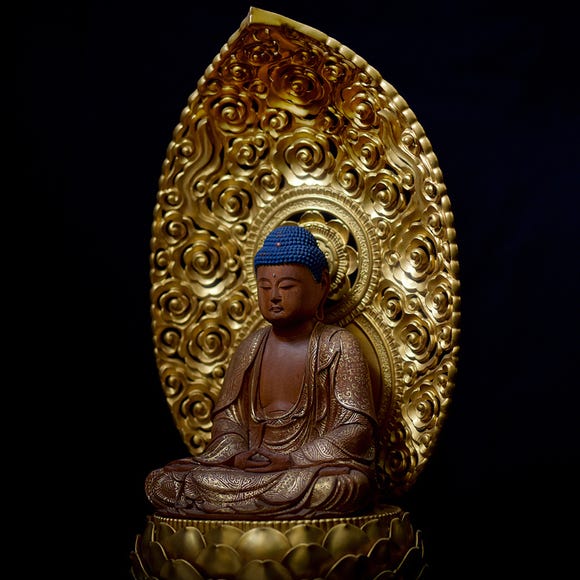
Yoshida Gennojo-Roho Kyoto Buddhist Altars
Gift Shops
Nijo Castle, Kyoto Imperial Palace
-
Ad

Recharge and Relax with a Healing Getaway at Kamenoi Hotel Toba
-
Ad
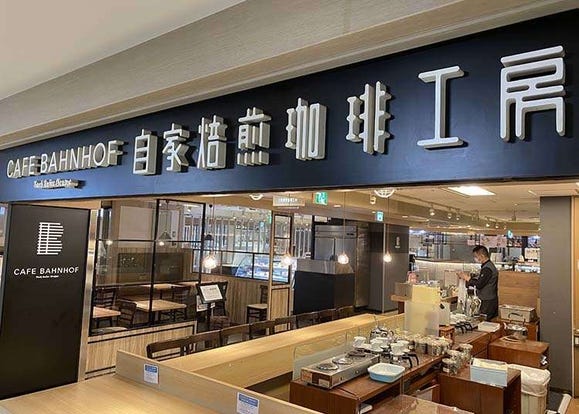
Café Bahnhof in Osaka: The home-roasted coffee that captivated G20 leaders!
-

Best Things to Do and See Around Kyoto & Osaka in September: Events and Festivals in Kansai
-

November Events in Kansai: Fun Festivals, Food, and Things to Do in Kyoto & Osaka
-
Ad

Experiencing Manga as Culture, Not Just Reading It: Expo 2025 with Rumiko Takahashi
-
Ad

Visiting the Osaka–Kansai Expo? Enjoy These 5 Great Itineraries from Osaka-umeda for Nature and City Lovers
Inspiration for Accommodations
-

Spacious Family Hotel in Namba: 20 Comfortable Stays for Family Fun
-
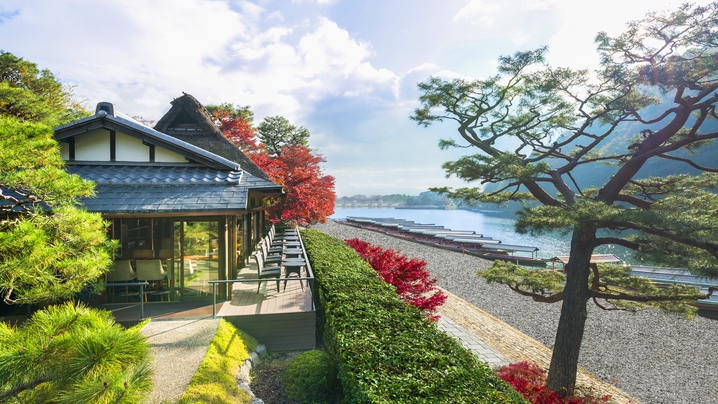
Charming Hotels to Enjoy the Spectacular Views of Arashiyama's Autumn Leaves from Your Room
-

Experience Stunning Views of Osaka Castle from Private Spaces: Top Hotels Near Osaka Castle
-
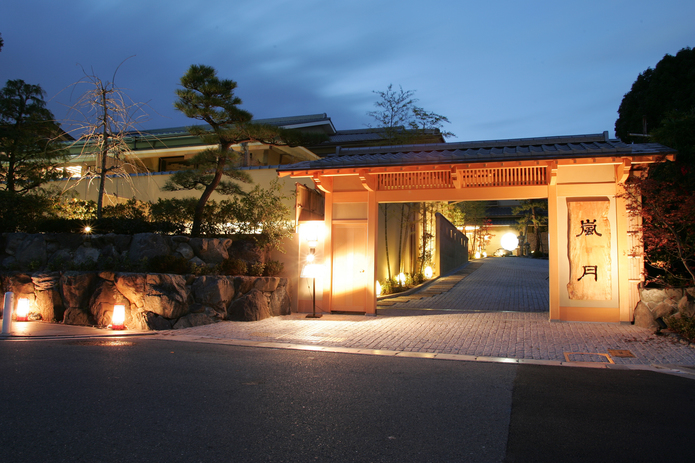
Recommended by Visitors! Arashiyama's Best-Rated Hotels
-

Family-Friendly Universal Studios Japan Hotel with Excellent Access
-
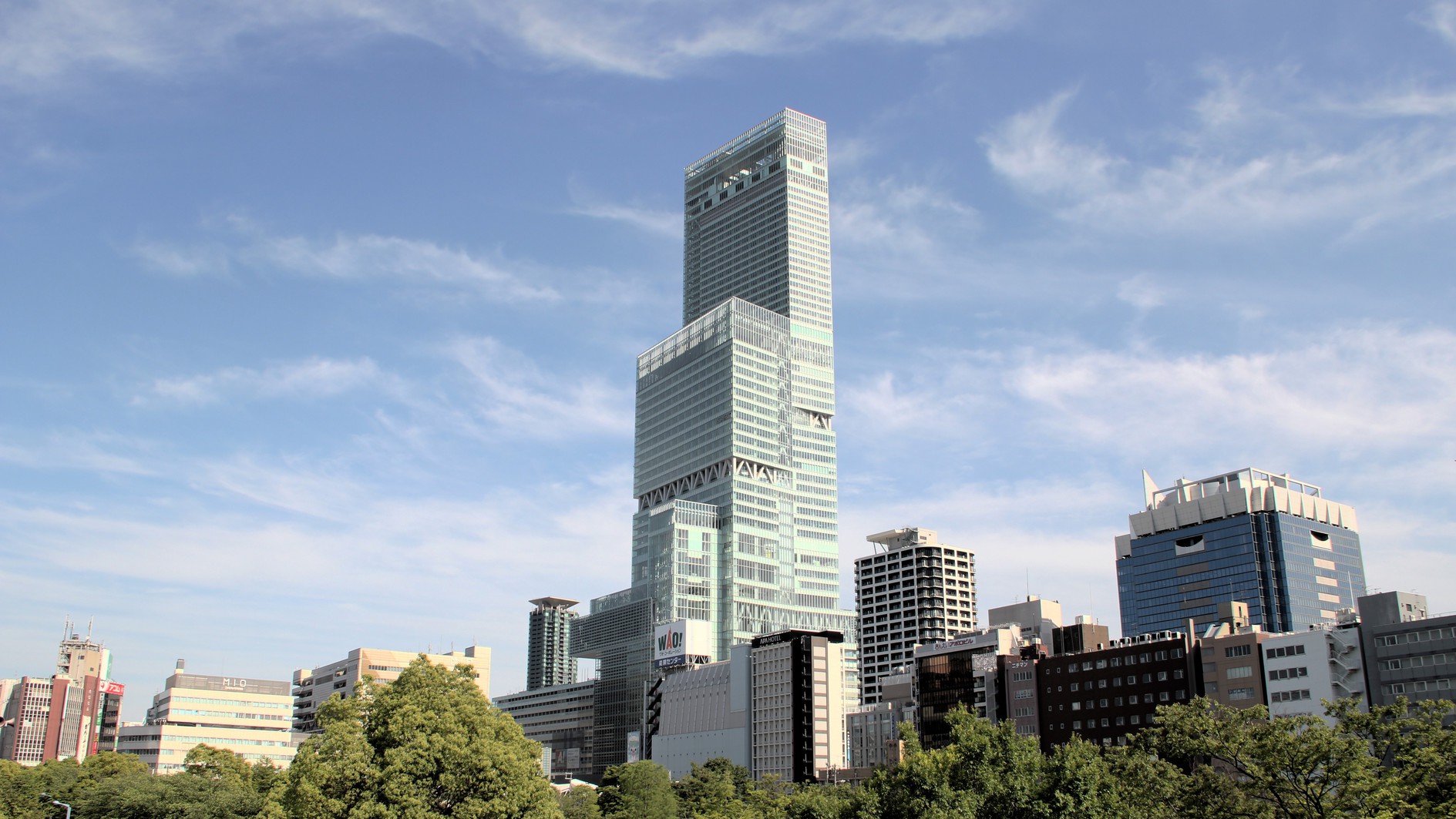
Enjoy a Comfortable Stay in Osaka! 10 Hotels with Convenient Airport Shuttle Services
-

Top 10 Recommended Hotels Near Namba Station with Great Access
-

Enjoy Night Views from Your Room! Recommended Hotels in Namba Area
-

Tokyo Train Map: Your Essential Guide to Subways and Railways
-

Inside Kyoto's Spectacular Sanjusangen-do Temple with 1,000 Gold Statues
-

Exploring the Timeless Beauty and Spiritual Significance of Nara's Popular Temples
-

Top 3 Restaurants: Best Sushi in Dotonbori According to a Local Food Critic
-

Beyond Stunning! Kyoto’s Most Gorgeous Temples Explored!
by: Steve Csorgo
-

10 Most Popular Temples in Nara
- #best gourmet Osaka
- #things to do Osaka
- #what to do in kyoto
- #what to bring to japan
- #best gourmet Kyoto
- #new years in Osaka
- #what to buy in nanba
- #Visiting Osaka
- #onsen tattoo friendly arima
- #daiso
- #Visiting Kyoto
- #best japanese soft drinks
- #japanese fashion culture
- #japanese convenience store snacks
- #japanese nail trends














